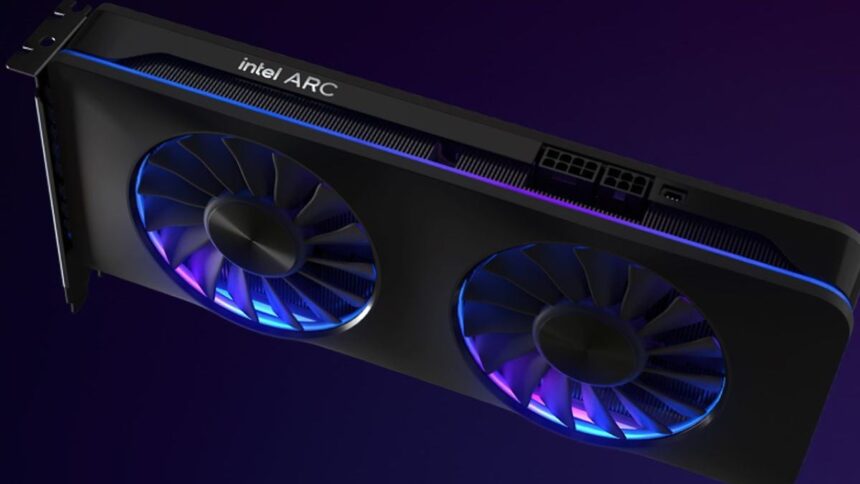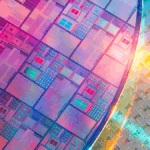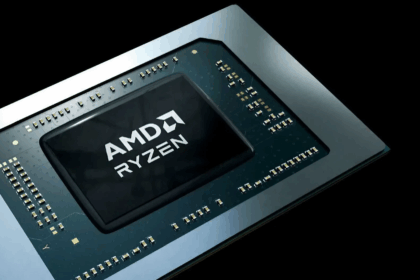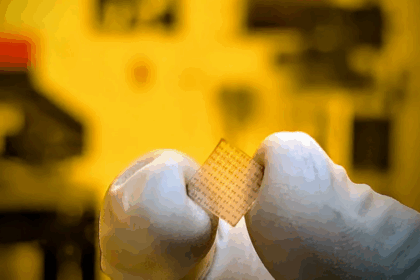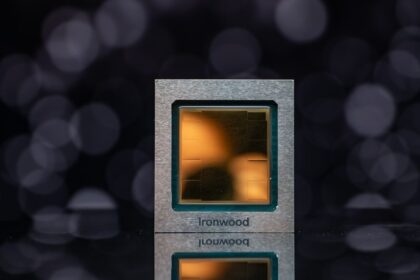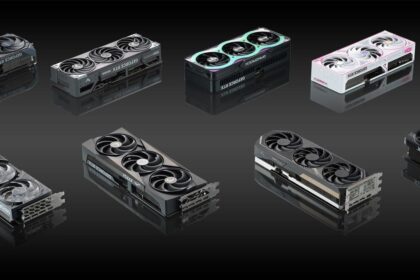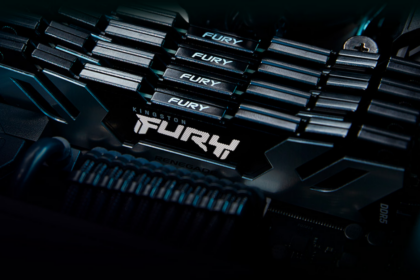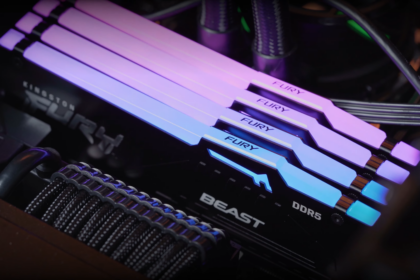Intel and AMD are reportedly exploring possibly adopting 12V-2×6 power connectors for their upcoming graphics card generations, potentially following NVIDIA’s lead. This information comes from Prohardver, a Hungarian tech site, which notes that both companies are conducting tests with their partner manufacturers.
However, it’s essential to approach this news with caution, as it doesn’t guarantee that either company will ultimately adopt this new standard. Both Intel and AMD seem content with their existing 6- and 8-pin connectors. They would only consider transitioning to the 12V-2×6 standard if it offers significant benefits.
As of now, further information is expected to clarify whether they will move forward with the 12V-2×6 connectors in their graphics processing units (GPUs).
Benefits of 12V-2×6 Connectors
The 12V-2×6 connectors have received strong praise from manufacturers who have tested them, highlighting their ability to deliver up to 600W and incorporating features like “sensitive pins.” These pins are designed to monitor voltage and ensure a proper fit, addressing a significant issue faced by the current generation GeForce RTX 4090, where improper connections could lead to power delivery problems.
As graphics cards demand higher minimum power consumption, the new connectors have emerged as a more reliable alternative to the notorious 12VHPWR standard. The previous standard faced numerous reports of burning cables and adapters, prompting several manufacturers to address warranty claims. This created challenges for the companies and consumers, along with the potential risks of fires or damage to GPUs and other components in the setup.
For its upcoming GeForce RTX 50 line, NVIDIA has opted to implement the 12V-2×6 connectors, and it appears that AMD and Intel are closely monitoring this development as well, potentially considering similar implementations for their future graphics cards.
Next-gen video cards
In addition to the “Blackwell” generation, several rumors indicate that AMD and Intel are also preparing their following desktop GPUs, which are scheduled to be launched in 2025.
While Intel is working on Xe2 “Battlemage” versions, which have already been integrated into Lunar Lake and Arrow Lake processors, AMD wants to bring the Radeon RX 8000 GPUs. Both will focus on the “mid” and “entry” lines, avoiding direct competition against NVIDIA in the high-end hardware market.

